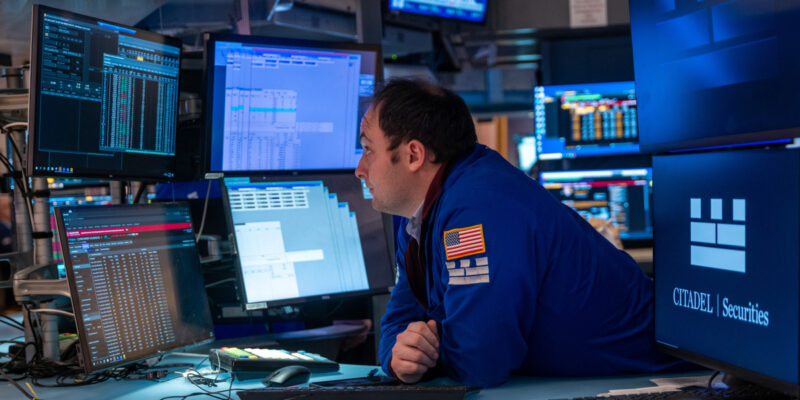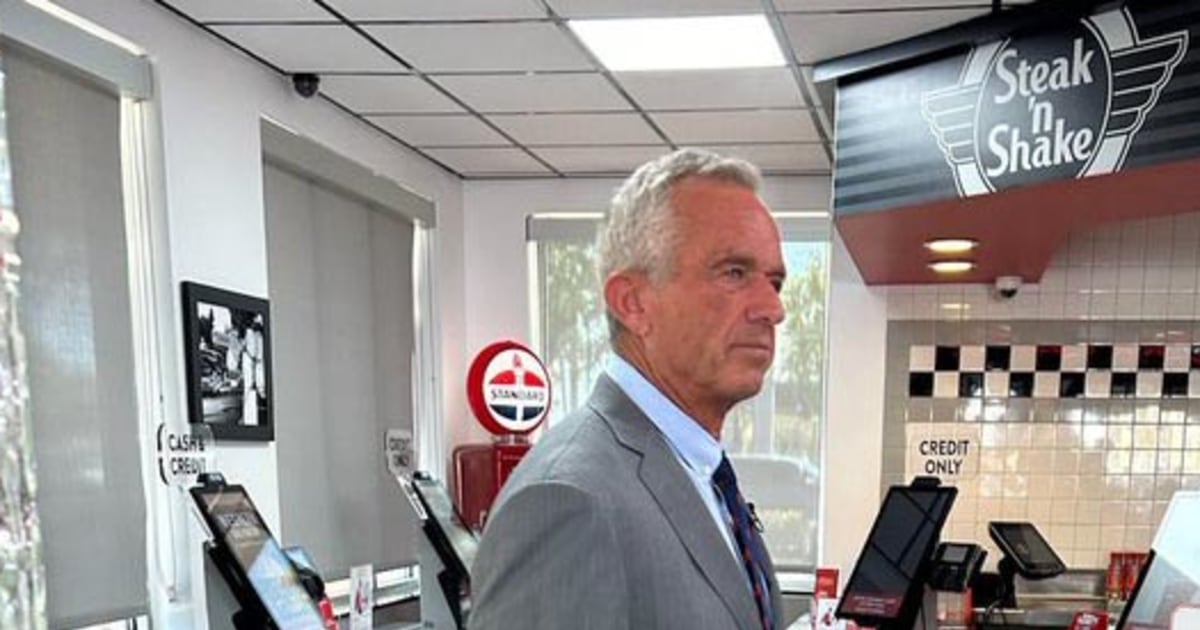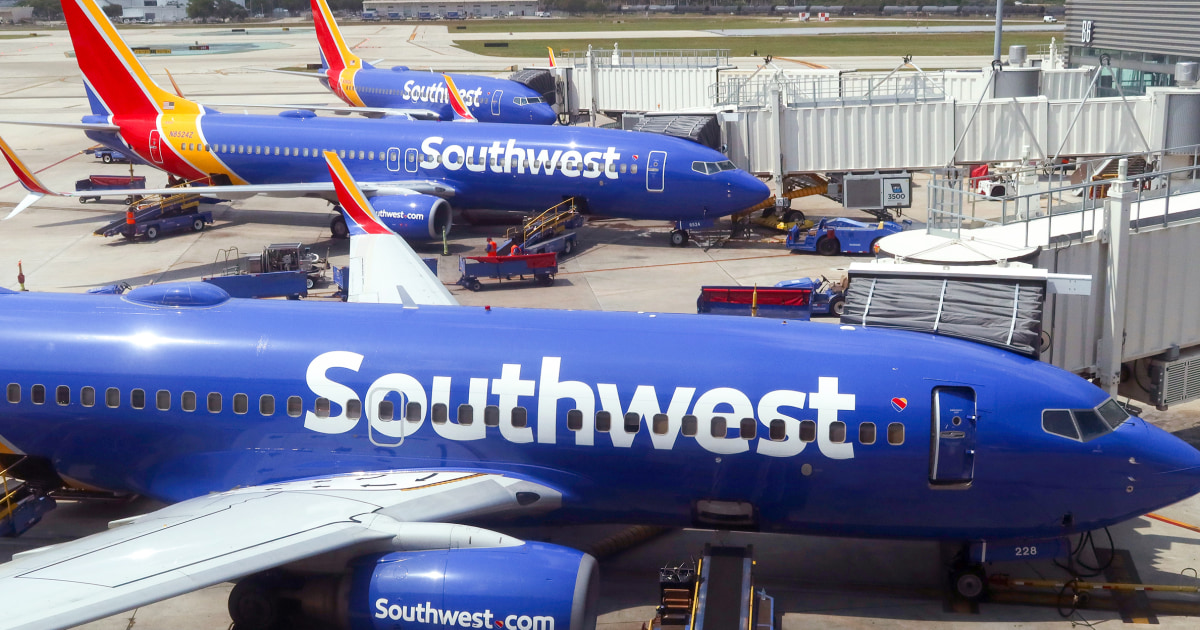
The post-Election Day rally in stock prices is fading amid forecasts that the Federal Reserve will not lower interest rates as much as expected.
Prior to the opening bell Monday, the tech-heavy Nasdaq was down as much as 1%, while the broader S&P 500 was off 0.65% and the Dow Jones Industrial Average was poised to open 0.10% lower.
Officially, S&P 500 futures opened below their levels on Nov. 6, 2024, the day after the election, for the first time.
President-elect Donald Trump had hoped his winning a second term would set off a new cycle of business optimism and continue the record-high stock prices seen under the Biden administration.
Yet the post-election rally has proved relatively short-lived amid fears of price growth reaccelerating, alongside concerns about the country’s long-term fiscal outlook.
It all has to do with interest rates. A blowout jobs report Friday that saw the U.S. economy adding 256,000 payrolls in December prompted Wall Street traders to change their interest-rate outlook for 2025, with a new consensus that rates will not fall as much as previously anticipated — and may even have to go up again if inflation heats back up.
“Inflation is stuck above target, with risks skewed to the upside, activity is strong, and the labor market now appears to have stabilized,” Bank of America analysts wrote in a note to clients Monday. “Our base case has the Fed on an extended hold, but we think the risks for the next move are skewed toward a hike.”
When interest rates move higher, there is less room for traders to borrow money to buy up stocks.
Markets also bid up the cost for the U.S. to borrow money, another sign of inflation fears re-emerging. When prices in the economy rise, they reduce the value of so-called fixed income assets like bonds, since their prices are already set. Borrowing costs tend to move in tandem with interest rates.
Trump has sent mixed signals about how he would improve the U.S. fiscal outlook, promising a combination of tax cuts that would come alongside spending cuts that many view as politically difficult to achieve. Already, Trump has called for the debt limit to be increased in order to allow the U.S. to continue to borrow money to pay for his budget plans, but reduced investor appetite for U.S. treasuries would complicate Trump’s budget agenda.
Markets have also been weighing the potential impact from Trump’s tariffs proposals, with a general consensus that they would likely cause prices to rise.
“Progress on inflation should stall this year given our expected changes to trade, fiscal and immigration policy,” the BofA analysts wrote. “Our recent survey of fundamental analysts revealed concerns about higher inflation this year if tariffs are imposed, with a skew towards goods sectors.”
This week, Wall Street traders will get two sets of price data: the so-called producer price index, which surveys domestic firms about the selling prices received for their output; and the broader consumer price index. Both were expected to have remained essentially unchanged from November to December — but any data showing faster-than-expected increases could put further pressure on markets.















